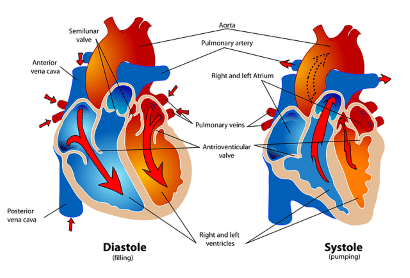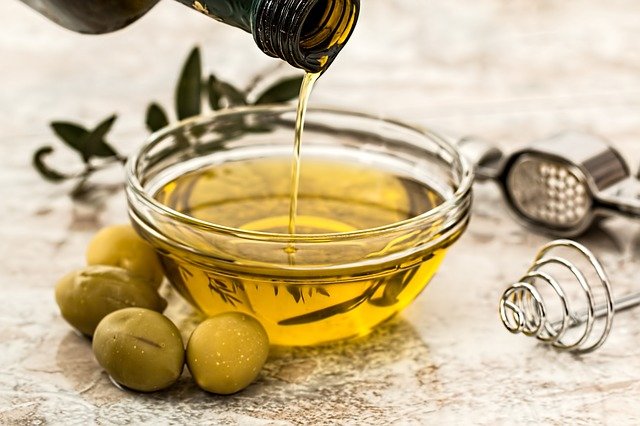According to a study published in the Journal of the American College of Cardiology, consuming more than 7 grams of olive oil a day reduces the risk of cardiovascular disease, cancer, neurological sickness, and respiratory disease death. Substituting 10 grams of margarine, mayonnaise, butter, and dairy fat per day with olive oil decreases the risk of mortality (Guasch-Ferré et al., 2022).
“Clinicians should advocate substituting margarine and butter with olive oil to improve patients’ health,” says the study’s lead author, Marta Guasch-Ferré, Ph.D., a senior research scientist in the Department of Nutrition at Harvard T.H. Chan School of Public Health.
Our research provides recommendations that are simpler for patients to comprehend and apply.
In 1990, 60,582 women and 31,801 men free of cardiovascular disease and cancer were assessed by researchers. For 28 years, the diet was evaluated every four years. The questionnaire inquired about the frequency of consumption of various foods, fats, and oils, as well as the brand or type of oil used for cooking and at the table during the previous year.
Olive oil intake was estimated using three questionnaire items: salad dressing, food or bread additives, and home baking and frying. One tablespoon of olive oil is equivalent to 13.5 grams of olive oil. Other vegetable oils were determined based on the brand and kind of cooking oil indicated by participants.
The consumption of margarine and butter was centered on the usage of the stick, tub, and soft margarine, as well as home baking and frying. Calculated intakes of dairy, fat, and nutrients. Olive oil consumption rose from approximately 1.6 grams per day in 1990 to approximately 4 grams per day in 2010, whereas margarine consumption declined.

In 28 years, 36,856 individuals perished, including 22,768 participants in the Nurses’ Health Study and 14,076 participants in the Health Professionals Follow-up Study. Those who consumed more olive oil were more physically active, of Southern European or Mediterranean descent, smoked less, and consumed more fruits and vegetables. 5% of study participants consumed 9 grams of olive oil per day at the outset.
The highest olive oil consumers had a 17% lower risk of cancer mortality, a 29% lower risk of neurological mortality, and an 18% lower risk of respiratory mortality. By substituting 10 grams per day of margarine, butter, mayonnaise, and dairy fat with olive oil, overall and cause-specific mortality was reduced by 8-34%. Olive oil was not distinguishable from other vegetable oils.
“The consumption of olive oil may suggest a healthier diet and a higher socioeconomic status. “After adjusting for these and other socioeconomic factors, our findings were practically unchanged,” Guasch-Ferré stated.
“The majority of our study group consisted of non-Hispanic white health professionals, which may mitigate socioeconomic impacts but may limit generalizability because this demographic may pursue a healthy lifestyle.”
Susanna C. Larsson, Ph.D., of the Karolinska Institutet in Stockholm, authored the accompanying editorial, “Current and previous research suggests that olive oil may be healthful.”
“However, questions persist. Are the associations true or false?”
“Is olive oil simply effective against cardiovascular diseases such as stroke and atrial fibrillation, or is it also useful against other diseases and leading causes of death?”
“What quantity of olive oil prevents cancer? This warrants further study.”




















